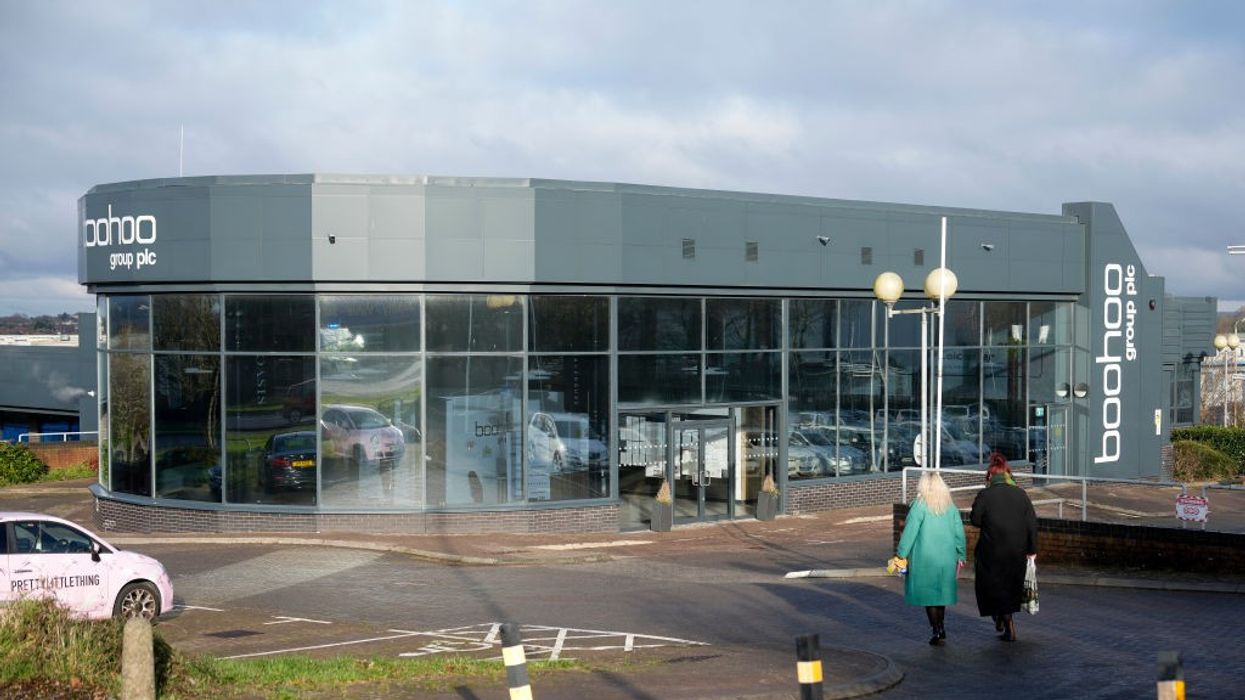CHICKEN TIKKA MASALA, it is said, is now the country’s national dish, having taken over from fish and chips, which had long been considered “quintessentially British”.
However, it is now revealed that fish and chips, best eaten in the folds of a tabloid newspaper, was also brought to these shores by immigrants.
This was mentioned in passing when new information was released about the soon to be built Migration Museum.
This will be a purpose-built three storey building, just south of Fenchurch Street in east London, constructed by Dominus, the property company owned by Sukhpal Singh Ahluwalia.
His story will probably figure in the Migration Museum. In the latest Eastern Eye Asian Rich List 2025, he ranks 27th, with a fortune valued at £735 million. Ahluwalia sold Euro Car Parts in 2011 and diversified into a number of ventures, including property.
Paying tribute to the Asian businessman, Sophie Henderson, chief executive of the Migration Museum, said: “We have secured an incredible deal, 60 years of rent and service charge. And this is thanks to all our partners and supporters.”
Henderson, an ex-immigration barrister and judge of the asylum and immigration tribunal, added: “It’s thanks to friends in the Corporation of London who have supported us on this journey but, in particular, it’s the property company Dominus, who are putting up this building.”
“We owe a great debt of gratitude to the founder of that company, Sukhpal Singh Ahluwalia,” said Henderson. “He’s someone who arrived in Britain 52 years ago (as a refugee) from Uganda with nothing. It’s a remarkable story. He set up a car parts business under some railway arches and grew it to be the giant Euro Parts. He sold that and he’s now the founder of the Dominus property company. They are delivering the museum to us in essence.”
Her comments last Monday (18) were made at a meeting convened in the River Room, the official chamber in the Palace of Westminster of the current Lords Speaker, Lord McFall (he said he lent his room out free of charge for worthy causes).
When the Migration Museum is ready in late 2027, it will move out from its temporary home in the Lewisham Shopping Centre, where it has been located for the past four years.
The new building will have “spaces that are going to be fantastic,” said Henderson. “We’ll have a courtyard with a porous entrance. We are going to have a double height gallery on the ground floor. There will be great exhibits in the destinate café, which will tell migration stories through food, which is a wonderful way to learn about migration. There will be a whole floor for temporary and permanent exhibition spaces, a state-of-theart learning suite and an artists’ studio on the third floor.”
An artist’s impression of the Migration MuseumShe added: “Our ambitions extend beyond London. We’ll have out of London hubs in Leicester, Birmingham, Manchester, Glasgow, (with) audiences much more diverse, socio-economically and ethnically. That’s an ambitious vision of the future, as are our digital plans.
“With the British Library and the National Museums Liverpool, we’ll be rolling out an extended, dispersed digital collection that will be curated by us, but held by other institutions.”
She spoke of a campaign to raise £20m. “We’re not doing badly. So far, we’ve already raised £3.2m. We are looking for partners and sponsors. If you are that person who’d like to put your name on one of our spaces, or you know the person who would like to co-deliver our skills building programme, please get in touch. Now really is the time to be involved with us.”
The Migration Museum is often called the country’s “missing museum”.
Henderson explained: “We think Britain’s migration story is very important. It’s such an essential part of who we are, where we’ve come from and where we’re going to and, that, really, nothing less will do than to have a permanent institution.
“Everyone is personally connected to our migration stories. If we dig back into our family histories, we all have that personal connection, either through immigration or emigration. Migration is around us everywhere we look in plain sight, if only we choose to put the right glasses on. What we want to do is to illuminate this story in a place that is beautiful, welcoming, inspiring and participatory, and where our tone of voice is not shrill or shouty or, God forbid, worthy.”
Henderson was supported by Baroness Janet Whitaker, who, it was pointed put, “has long been a champion of racial justice and of racial equity”. Her late husband, Ben Whitaker, was the progressive Labour MP for Hampstead from 1966-1970.
Whitaker gave examples of people coming into the British isles since 2,300 BC. “But this has not been part of our national narrative,” she commented. “And the stories have continued and increased. They are part of our history. They’ve informed our identity and are all our stories.
“The Migration Museum is the first in Britain to encompass the range of fascinating, moving and disturbing accounts of migration. Now, perhaps more than ever, we need to recognise that ours is a country formed of many strands, and that this can be a source of energy, not of acrimony. So, I thought it was a good idea to encourage a network of friends of the Migration Museum.”
It was the historian, David Olusoga, a trustee of the museum, who drew attention to the origins of fish and chips. He said, according to the National Federation of Fish Friers, a Jewish immigrant, Jospeh Malin, opened the first fish and chip shop in the East End of London in 1860.
But fried, battered fish had been sold and eaten in that part of London for more than half a century before that, “because it had been brought to Britain by Jewish immigrants”. The potato, too, was immigrant food from the New World.
Lord McFallOlusoga’s point was: “Fish and chips, presumed by journalists to be quintessentially British, is every bit a product of movement and migration as chicken tikka masala, a British Asian invention. That pattern of forgetting just how deep the roots of migration run, how it has shaped our national story, our cuisine, our language, is replaying time and time again. The Migration Museum is an attempt, an intervention, to try and break that pattern, to properly imprint the history of migration onto our national story and our national conversation.”
The Migration Museum is being supported by Debbie Weekes-Barnard, the deputy mayor of London for communities and social justice “working with Sadiq Khan”. She said: “We are celebrating this amazing museum. We are here together against the backdrop of rising hatred, the rise of the far right, rising divisions, rising anti-migrant sentiments.
“And I know also that for many young people, seeing some of that hatred spilling out onto the streets of various towns and cities during the recent summer, that would have been the very first time that they would have experienced anti-migrant, anti-Muslim, anti-minority, antiethnic, anti-other demonstrations of hatred in their lives.
“Having an organisation like the Migration Museum allows you to have that conversation about migration in a safe space, a space which is informative, a space which is kind and allows those young people to be proud of their heritage.”













